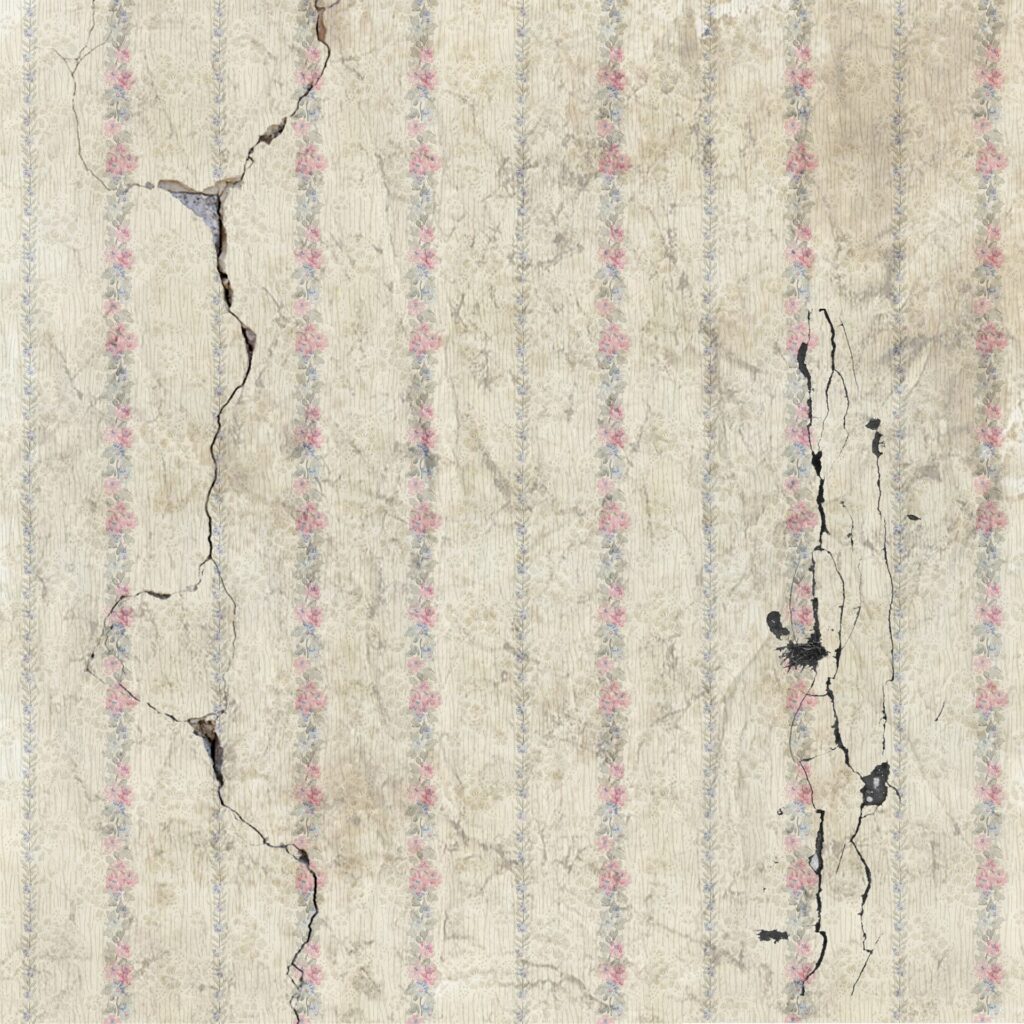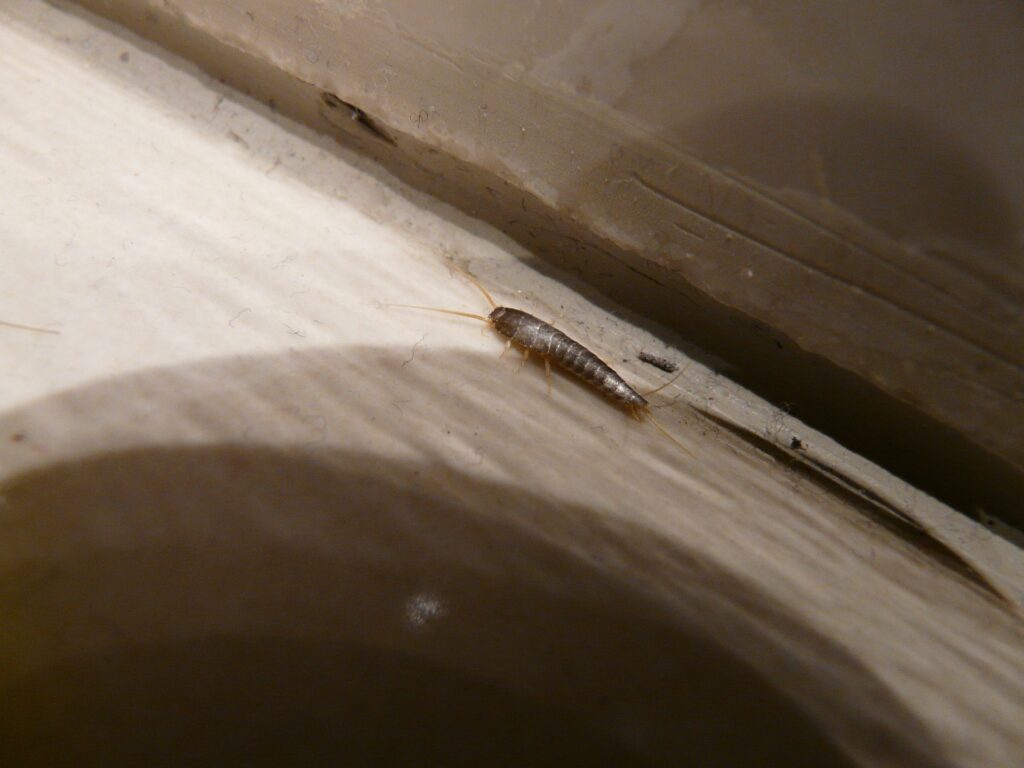While it is increasingly known that mould in your home can have serious health and well-being implications,many people still leave it unidentified or untreated. That is, until the problem has become entrenched. This type of fungus can grow both indoors and outdoors. Mould can cause structural damage to buildings, affect vehicles and equipment as well as cause and/or worsen a variety of health problems. So it’s important to be able to recognise the signs of a mould problem in your home.

You need to recognise what the warning signs of a mould problem are. While some might be very obvious ( black spots on walls), other subtle indicators could alert you to an even more advanced issues. Read on to explore possible warning signs as recognising these can help you be aware of potential problems before they spiral out of control.
Warning signs of a mould problem
Presence of black spots on walls or ceilings
One of the most common calling cards of mould is black spots on walls or ceilings. These patches typically occur in areas of dampness.
If you notice these spots, investigate further as they may point to bigger problems. Then,make a plan to sort this out as soon as possible.
Whether it’s condensation near windows or damp corners of the house, looking around can help you identify existing mould problems early.
Damaged plaster, wallpaper, or paint

Signs include discolouration of the wall, bubbling or flaking of paint or paper. If these changes are widespread, make a plan and get an expert opinion. Ignoring warning signs could potentially lead to hazardous living conditions so don’t delay.
A persistent and musty smell
Now and then, another sign of home having a mould problem presents itself in the form of a musty smell in the air. This can be more noticeable when you come into the house from outside. The smell has got some similarities to the damp, earthy smell of leaves/soil in the forest.
This smell can be an early warning that a fungal problem exists somewhere in your home, so take it seriously. Quick action to inevstigate this can make a big difference.
Water stains or condensation on walls or windows
These changes often indicate a mould problem that can cause long-term and expensive damage to your home. As soon as you notice any changes in wall colour, sometimes with the white/green powdery coating of mildew, start looking for the source of the dampness, and the mould and make plans to tackle the problem to keep your home safe and healthy. It’s important to stay vigilant when about these signs – catching it quickly is half the battle towards keeping your home in optimal condition.
Evidence of insect activity
Recognising things that alert you to a mould problem gives you a chance to do act early. One such warning sign that is kind of disturbing is the appearance of unusual insect activity.
The presence of beetles, mites or any other kind of infestation confirm ideal conditions for them. These conditons also encourage mould to flourish. There is then the risk that your home might become the perfect breeding ground for many problems. Cockroaches and beetles are also attracted to the presence of mould. So if you have recently noticed increased insect activity investigate further for all problems.

Act quickly to stop both the insects and the mould from getting established. Regular inspections, reminders to keep things clean and dry, and taking swift action, gives you an edge to protect your home from the dangers of mould.
Health issues such as allergies, headaches, and respiratory problems
The onset and development of new health issues such as allergies, frequent headaches, laboured breathing or respiratory problems; and/or the worsening of long-standing symptoms may point to mould as having a role. It is important to appreciate that mould may be the factor bringing about these changes. And/or that it might only be one of the factors contributing to new symptoms or worsening of more established ill-health. The bottom line still is that the issue needs to be identified and practically taken care. You can offer this information to your health team for consideration in understanding your health challenges.
If you do suspect that mould has a role to play, it is best that you are not the one who is getting in there and tackling it. If you do may it be with good protective equipment and that have little alternate choice. This is because disturbing mould causes the increased release of spores into the air. This could make you even more seriously unwell, especially if the type of mould involved also releases mycotoxins. It will be safer to access a mould removal service. They should have a protocol for dealing with it safely while protecting you and other residents of the property.
Increased energy bills due to compromised insulation caused by mould growth
Increased energy bills due to inefficient insulation can serve as a red flag. Damp insulation with excessive hidden mould can have this effect. Consider this as a potential cause if you have excluded other reasons for the increased bills. The faster you acknowledge and tackle the issue of mould growth in your home, the sooner you’ll be able to get back on track with everyday life.
Excessive humidity in the home or dampness on walls and floors
If you’ve noticed high humidity levels in your home, along with dampness on walls and floors, it is highly likely there is mould there too. This situation is the equivalent of rolling out a welcome mat for mould to move in. Humidity levels should not reach more than 50%. If it is consistently higher than that, access professional advice. An expert could identify maintains the excess moisture, and advise about how to resolve it as soon as possible.
Do not ignore these alerts, take immediate action. Mould can spread quickly if left unchecked and cause serious damage to your home and health.

Remember: prevention is key when it comes to mould! Be alert for signs of water damage. Check for damp areas in the home, and keep moisture levels low by using fans or dehumidifiers when necessary. Taking these proactive steps can go a long way in protecting your home from mould.
The importance of carrying out regular inspections
Regular home inspections is one of the most important things that you can do to keep mould in check.
An inspection routine might include:
- Checking for any visible signs of mould growth is important. Look in corners, on walls and ceilings that are exposed to moisture, or have water damage. Important – check areas that have had mould in the past. These will have a higher risk re-ocurrence in the same place.
- Make sure to inspect areas with poor or limited ventilation such as basements, backs of cupboards and wardrobes, and attics.
- Check over areas that are known as common sources of plumbing leaks, such under and around sinks and toilets.
- Look out for cracks in walls where moisture can enter from outside, and also areas around window frames and doors. If you notice any water damage or mould growth, take action quickly before it becomes a bigger issue.
- Assess the roof and gutters for any potential water leaks or damage. Damaged roof tiles or clogged gutters should be repaired as soon as possible. This will prevent water from entering your home causing bigger problems.
- Every time you use the washing machine or dishwasher or look around the fridge, be alert for signs of mould. Just get into this habit so that you can prevent mould establsishing a breeding ground..
Being proactive and scheduling regular inspections can go a long way in preventing mould accumulation in your home.
Mould can cause a lot of damage to your house and your health, so it is important to be on the lookout for any warning signs. If you think there might be mould in your home, make a plan to get rid of it – and this includes accessing professional advice on how to do so. In the meantime, try to keep the affected area as clean and dry as possible to prevent further growth. Ventilate the area as much as possible, wear protective equipment when doing this, and avoid disturbing mould too much as spores will be released which could leave you feeling unwell and also promote the spread of the mould.
Mould can be a dangerous problem in the home, but it is often easily missed. If you know what to look for, however, you can recognise it early and take steps to limit the harm it may cause, and keep yourself and your family safer.